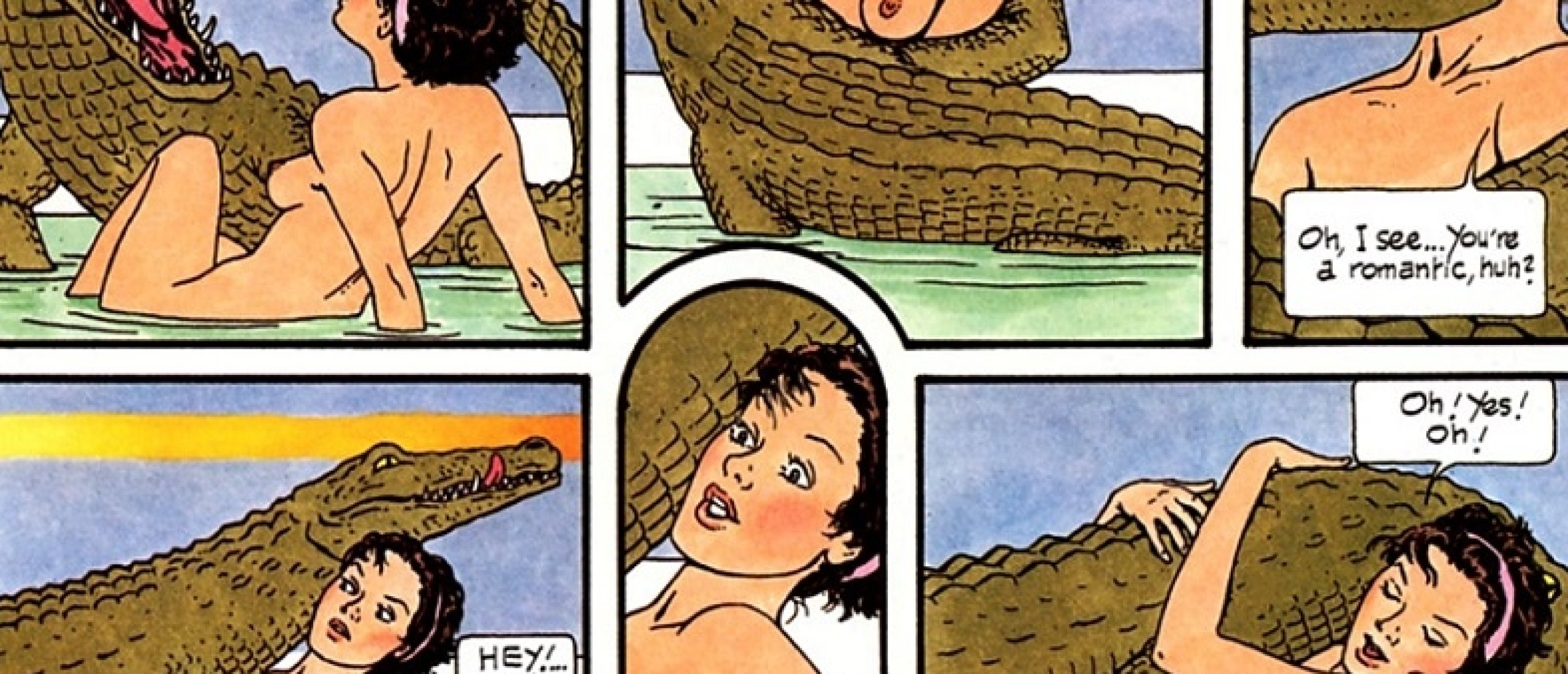
Those, who appreciate the sensual comic works of Milo Manara, may also be curious about some elegant erotic pieces produced by Vittorio Giardino (b. 1946), another Italian master of comic art. This artist manifested himself in different genres, from erotic strips, e. g. Little Ego, to spy detectives. While the latter is compared to the writings of Dashiell Hammett and John le Carré, the former is less explicit than Manara's books but, surely, not less amusing.
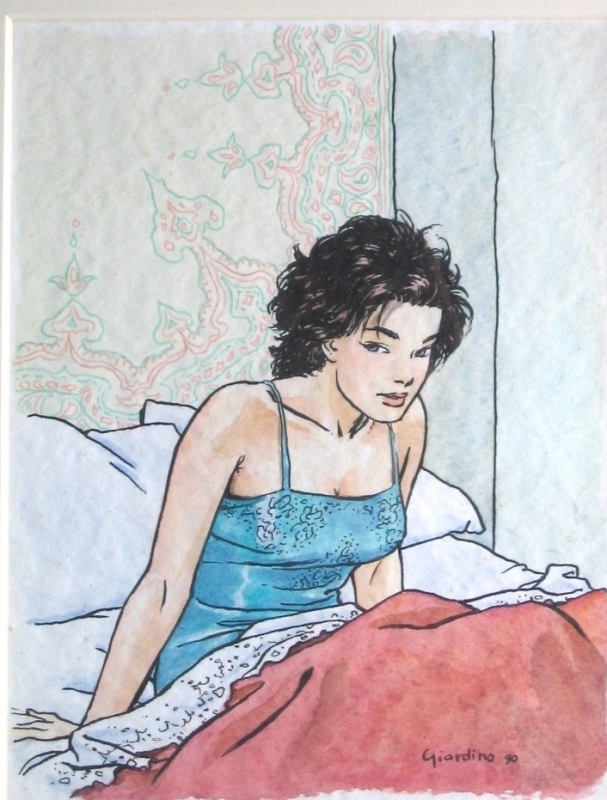
Fig. 1. Little Ego (comicartfans.com)
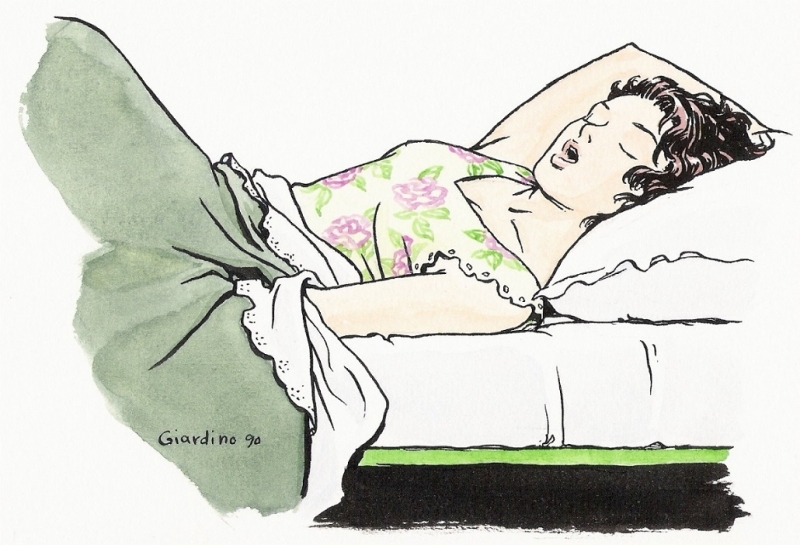
Fig. 2. comicartfans.com
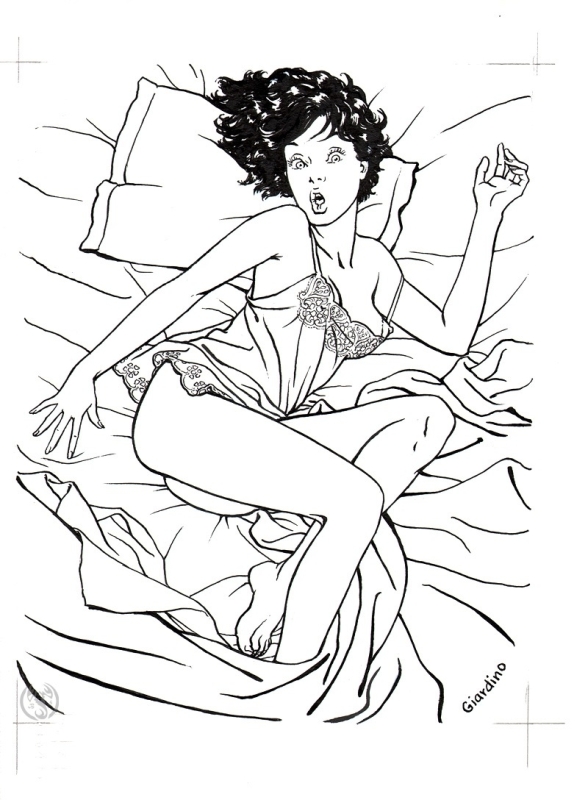
Fig. 3. comicartfans.com
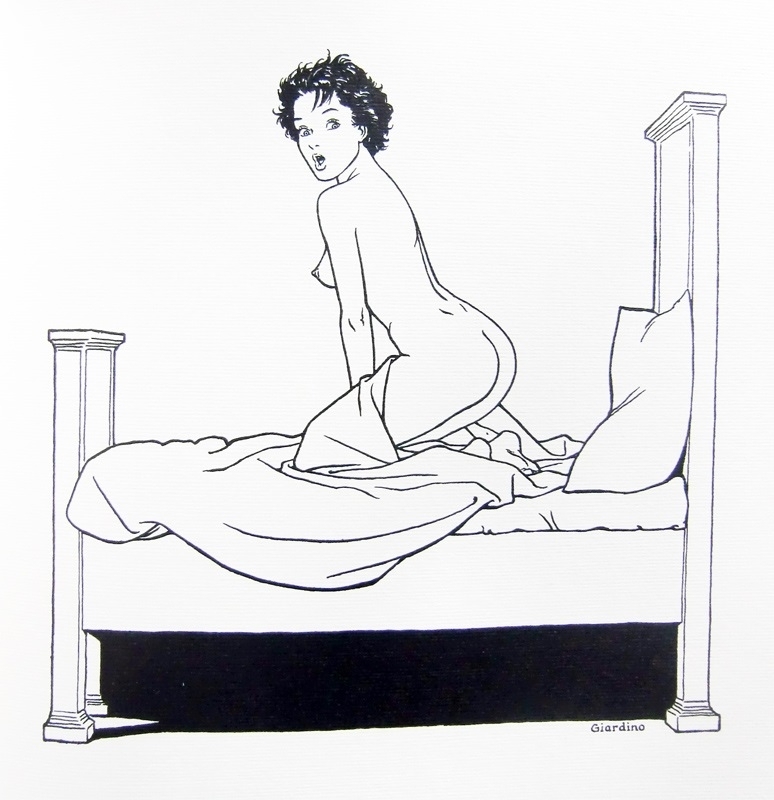
Fig. 4. comicartfans.com
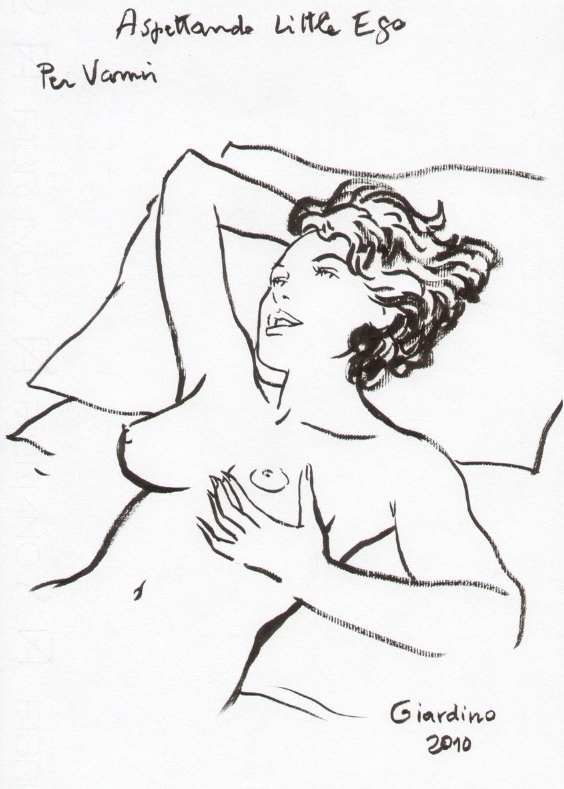
Fig. 5. comicartfans.com
Suicide With A Happy Ending
Giardino was born in Bologna and educated as an electrical engineer. At the age of 30, he decided to leave his job and changed his specialization, devoting himself to comics, as he liked drawing from early childhood. In the interview, the artist confesses that by the time he left his profession, he was already married and had two daughters, so the step seemed almost suicidal. Unlike in many similar cases, Giardino's family didn't force him to be an engineer for the sake of a more or less financially secure life, and the risk paid off as his works were translated into 14 languages and published in 18 countries. His first short story, Pax Romana, was issued in La Città Futura, a weekly magazine of the Italian Communist Youth Federation. Decades later, Giardino would create Jonas Fink, a character who is a young Jew oppressed by the communist regime in 1950s Prague. The series, entitled A Jew in Communist Prague, won the Angoulème Alfred prize for best foreign work in 1995 and Harvey Award at San Diego in 1999.
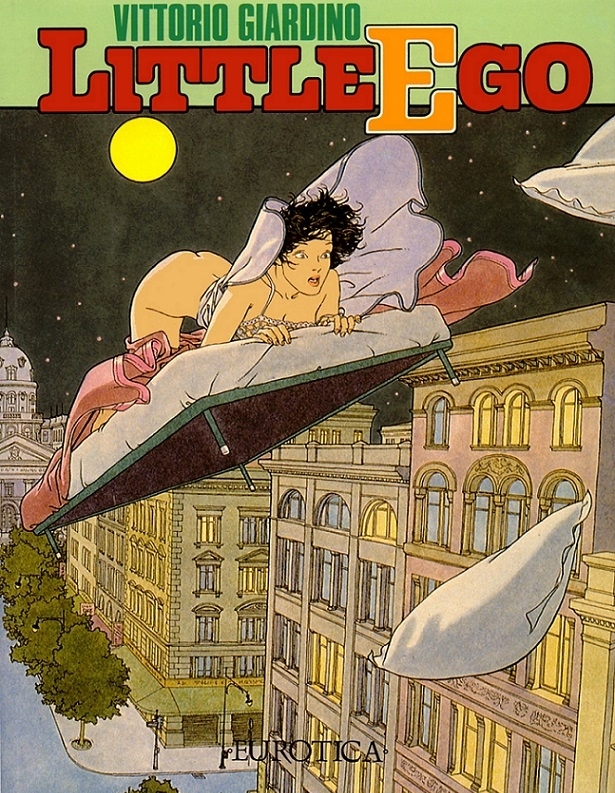
Fig. 6. Cover
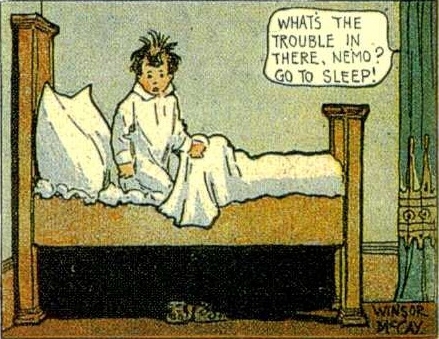
Fig. 7. Little Nemo last panel (Wikipedia.org)
From Little Nemo To Little Ego
The comic series we show you in this article first appeared in Glamour International Magazine in 1984. Then, it was regularly published in the Italian magazine Comic Art until November 1989. Little Ego is an erotic parody of the classic Little Nemo series created by Winsor McCay in 1905. The character of Little Nemo is a small boy, a kind of Alice in Wonderland, who has weird dreams and wakes up in the last panel of each strip. Giardino gave the strips the Freudian twist, as many people did to Carroll's Alice. Instead of the boy named Nemo ("nobody"), we read about the adventures of young girl Ego. It's a funny interpretation of Freud's theory of dreams as it's understood by people who've never read Freud. The oneiric setting allows the artist to depict all possible forms of sexual intercourse, like sex with plants and animals. The only question we have is what kind of suppressed desires this girl really has if the manifest content of her dreams is already so vivid and bizarre.
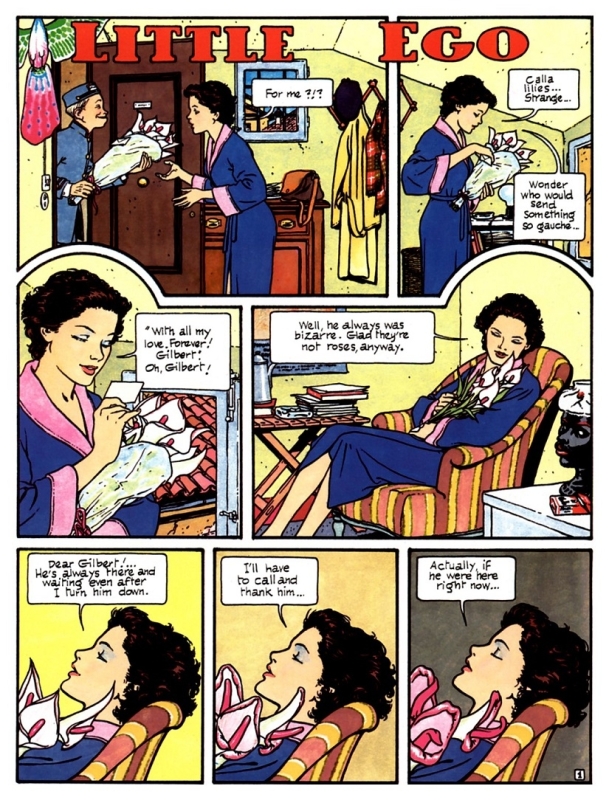
Fig. 8.
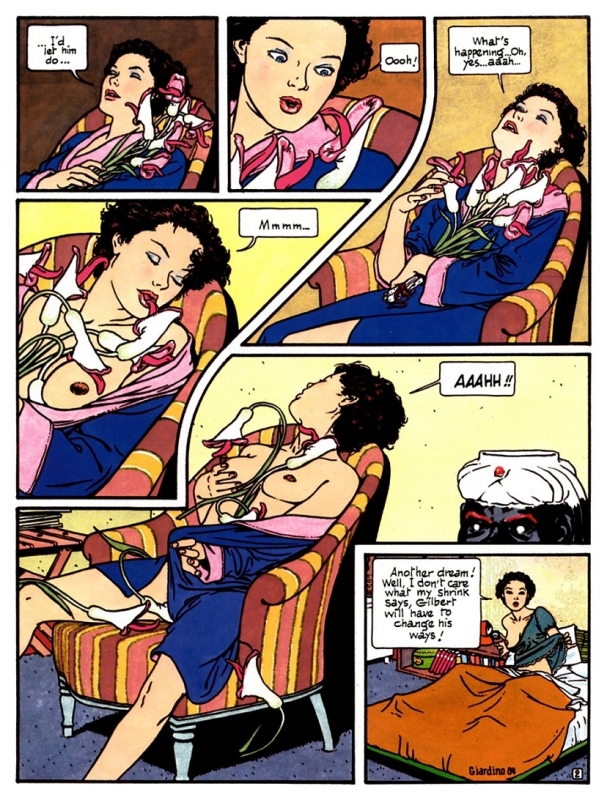
Fig. 9.
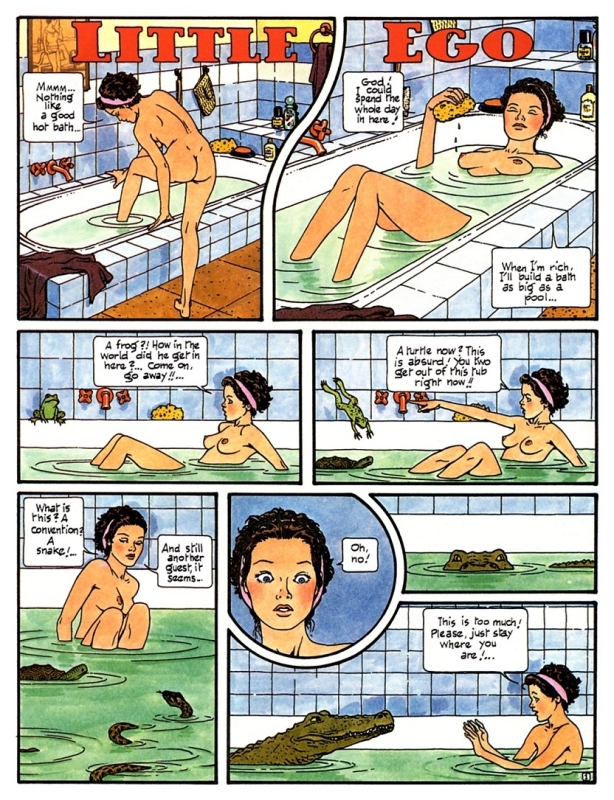
Fig. 10
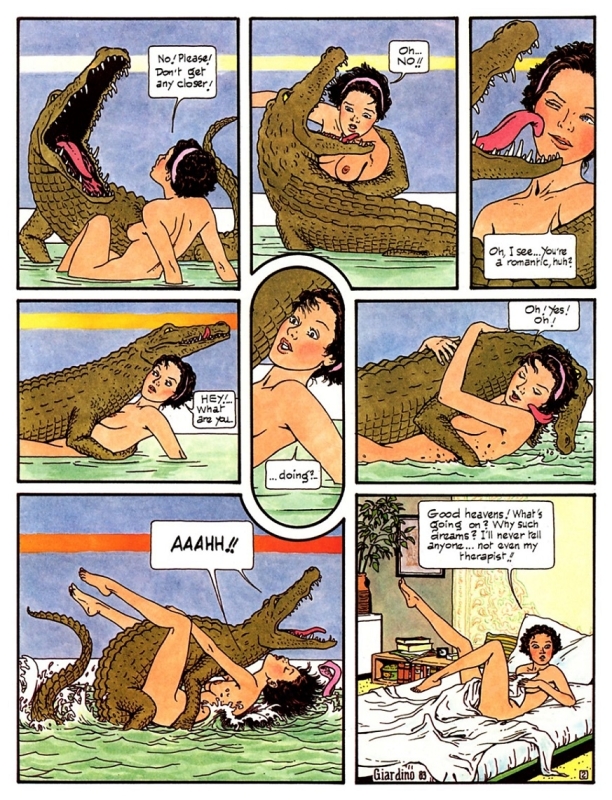
Fig. 11
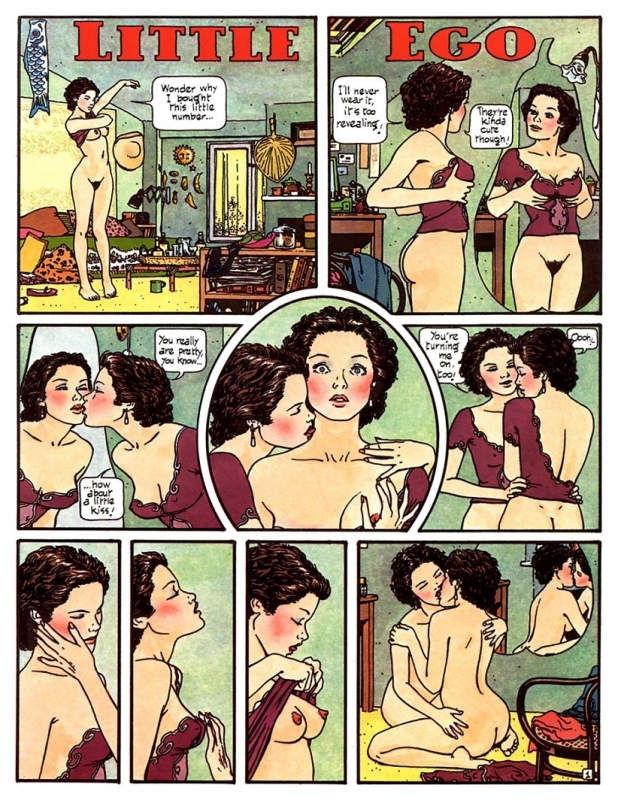
Fig. 12
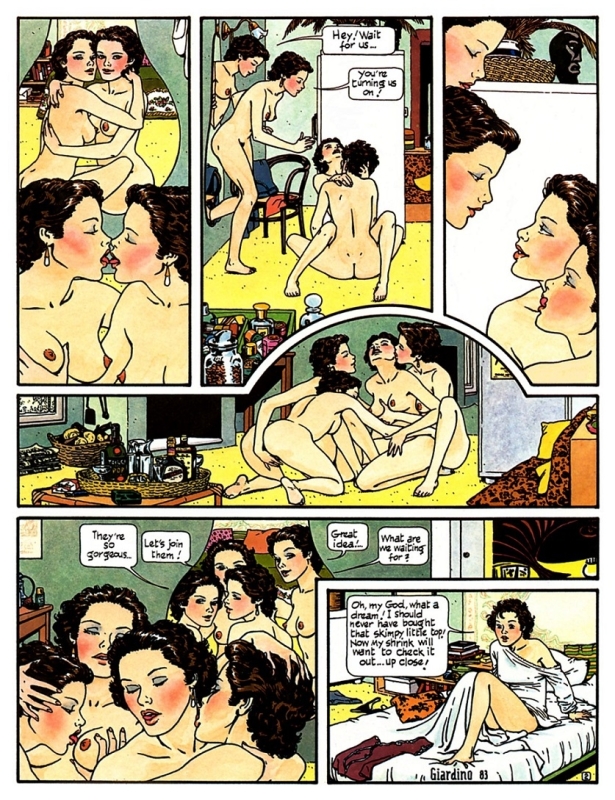
Fig. 13
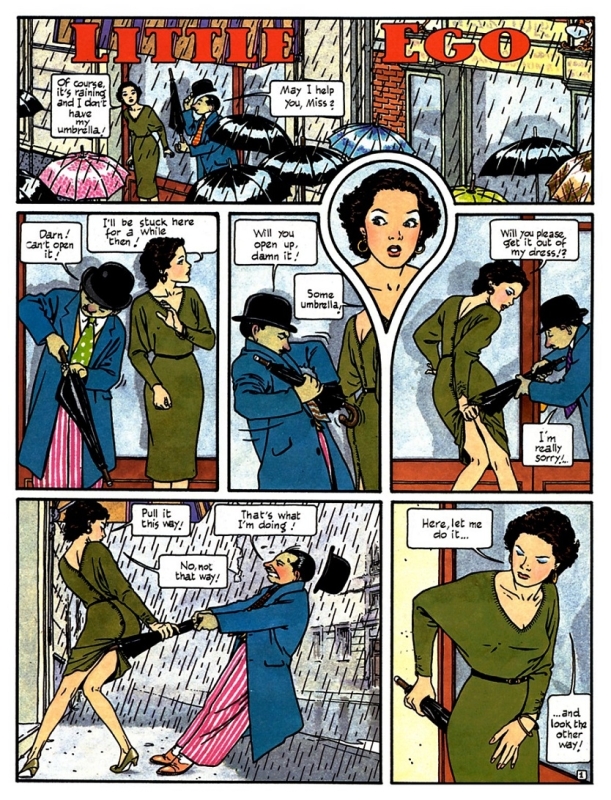
Fig. 14.
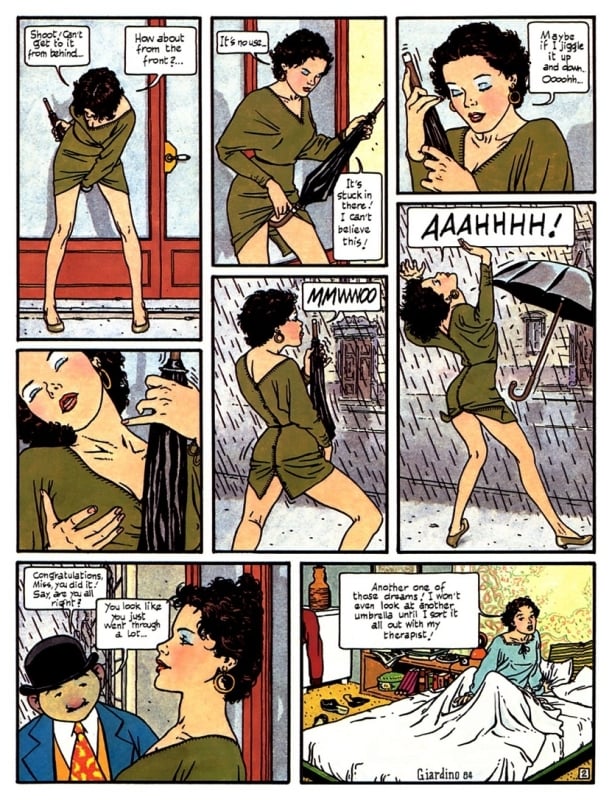
Fig. 15.
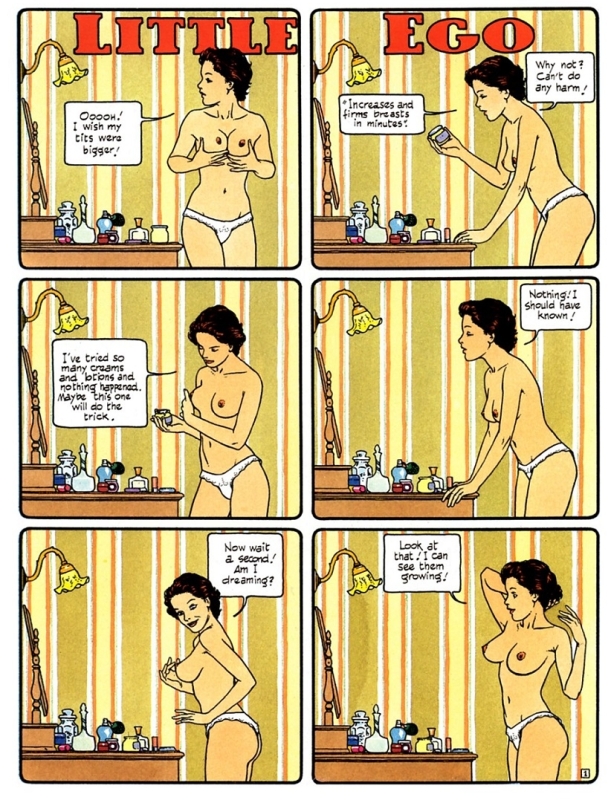
Fig. 16.
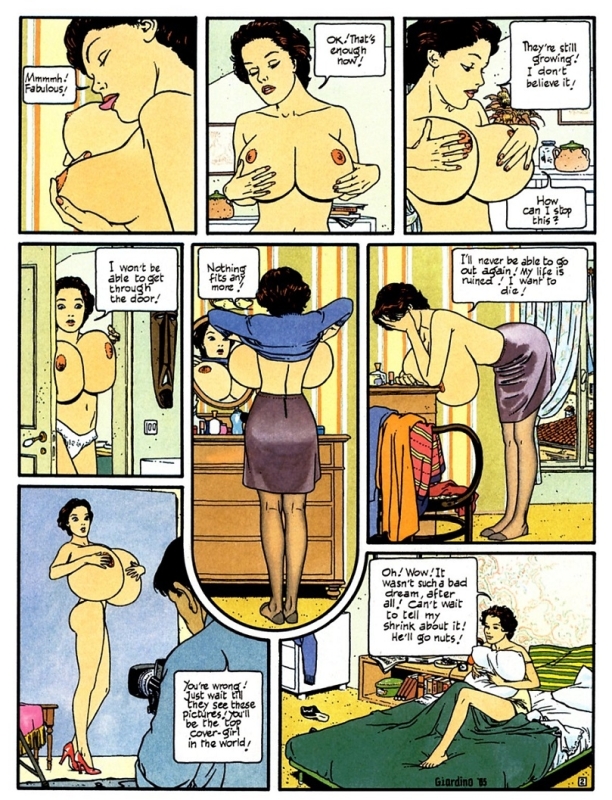
Fig. 17.
Comics: Painting or Writing?
When it comes to comic books, some of us would say that this form of art is more connected to visuality than literature. The works of Giardino are not the case because, according to the artist, he is determined by "narrative needs": "As for the construction of the panels, it must be said that it has always been subordinated to the needs of the narrative. I've never favored the graphic or aesthetic aspect, that is, making a beautiful page, as much as the narrative aspect, not hindering the reading and possibly underlining some moments. <...> the fundamental element that sums up everything else is this: the panels are always constructed in the function of the reading and never of the image" (comicus.it). Speaking of his work process, the artist describes it very close to what was said in Roland Barthes' essay Death of the Author (1967). Barthes states that the author is not a god-like figure ruling the narrative but merely a scribe "possessed" by the literary tradition as to write means to be determined by what already exists: certain genres, figures, symbols, etc.
In Premium , among other things an analysis of the narrative in Little Ego, and the influence of the filmmaker Billy Wilder on Giardino, and you can also read the complete saucy comic + more of Giardino's piquant artwork.
Click HERE for the arousing adventures of Pinocchia by Jean-Pierre Gibrat
Sources: Wikipedia.org; Andrea Antonazzo. Interview with Vittorio Giardino (comicus.it)
